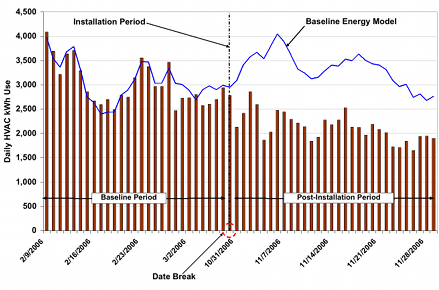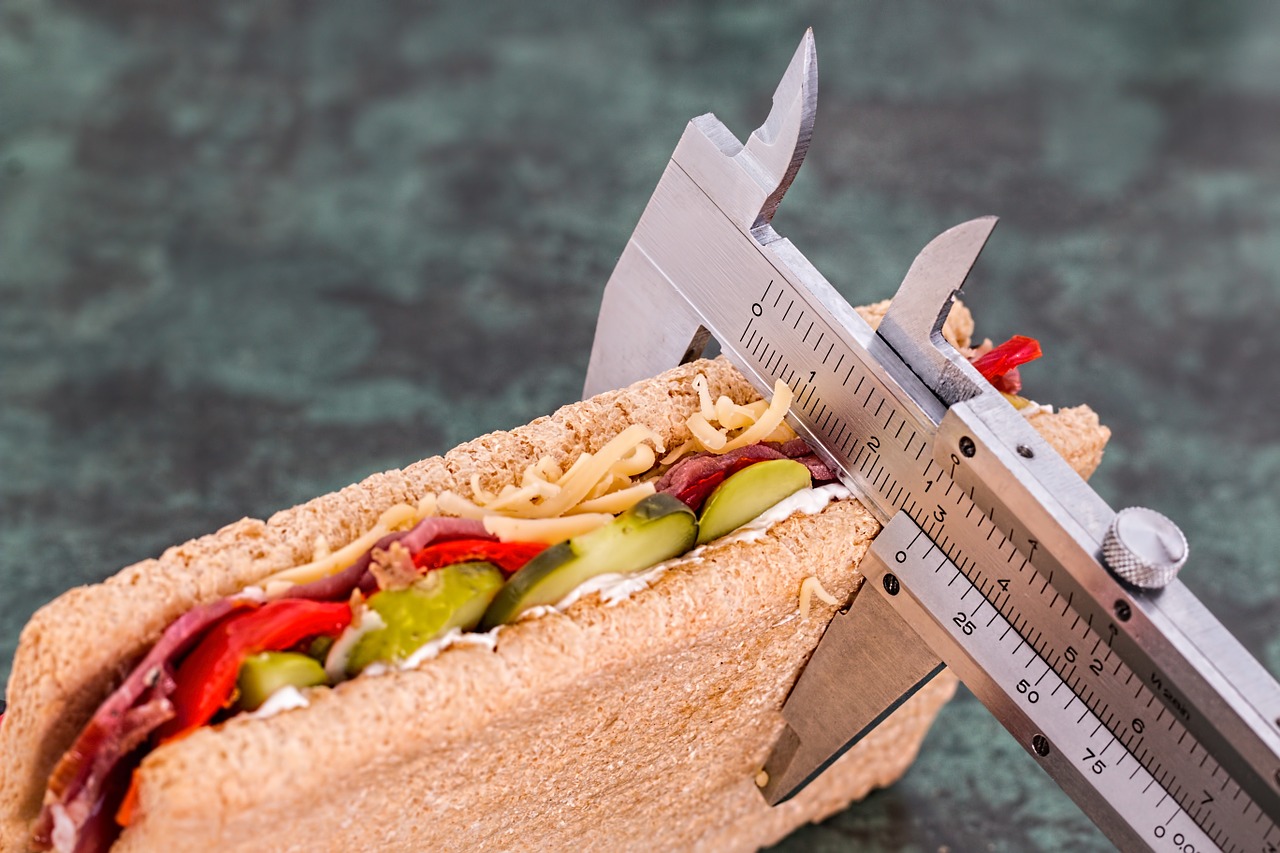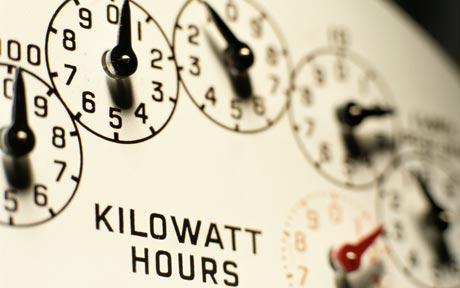In my earlier post M&V Overview I discussed that I would be creating posts centered around each of the M&V approaches. In this post I will be writing an in depth review of Option C Measurement and Verification (M&V). You can expect to learn the following from this post. The layout of this post is going to be very similar to the other M&V posts as it is my goal to give you an in-depth review of the four M&V methods to aid you in selecting the right approach.
4 min read
Measurement and Verification Option C
By Smart Buildings Academy on May 19, 2013 9:04:20 PM
Topics: option c Energy m&V
4 min read
Measurement and Verification Option B
By Smart Buildings Academy on May 19, 2013 9:01:46 PM
Measurement and Verification Option B
Topics: Energy option b m&V
3 min read
Measurement and Verification Option A
By Smart Buildings Academy on May 19, 2013 8:57:31 PM
In my earlier post M&V Overview, I discussed that I would be creating posts centered around each of the M&V approaches. In this post, I will be writing an in depth review of Option A Measurement and Verification (M&V). You can expect to learn the following from this post. The layout of this post is going to be very similar to the other M&V posts, as it is my goal to give you an in-depth review of the four M&V methods to aid you in selecting the appropriate approach:
Topics: Energy option a m&V
2 min read
What is Measurement and Verification (M&V)
By Smart Buildings Academy on May 19, 2013 8:54:14 PM
The Definition
According to the Berkley Laboratory Measurement and Verification (M&V) is:
“M&V is the process of using measurement to reliably determine actual savings created within an individual facility by an energy management, energy conservation or energy efficiency project or program. As savings cannot be directly measured, the savings can be determined by comparing measured use before and after implementation of a project, making appropriate adjustments for changes in conditions.”




.jpg)
